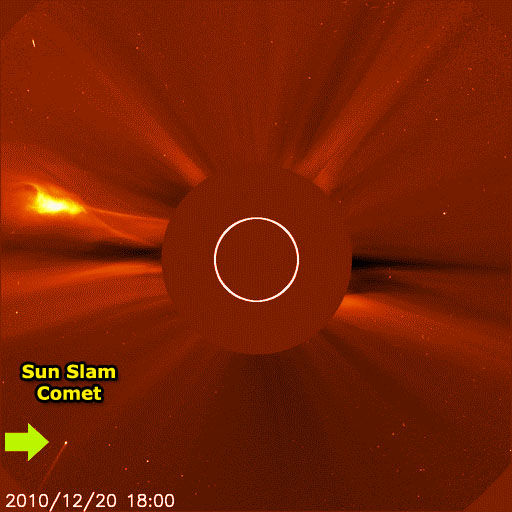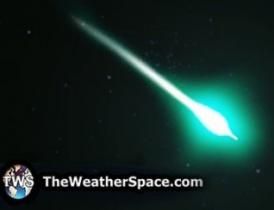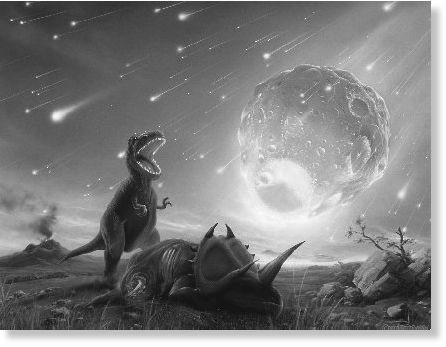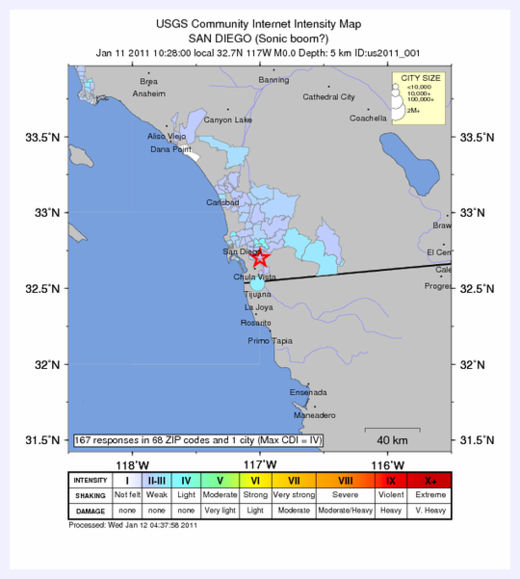
© Unknown
A close shave with a comet nearly 1,500 years ago caused a catastrophic change in the global climate, leading to famine, plague, the end of the Roman Empire, the birth of the Dark Ages and even the legend of King Arthur, a leading British scientist said at the British Association meeting in London yesterday.
Debris from the near miss bombarded the Earth with meteors, which threw enough dust and water vapour into the atmosphere to cut out sunlight and cool the planet to cause crop failure across the northern hemisphere. The cataclysmic famines weakened people's resistance to disease and led to the great plague of the emperor Justinian. It could also be responsible for the Arthurian stories about gods appearing in the sky followed by a fertile kingdom becoming a wasteland.
Mike Baillie, professor of palaeoecology at Queen's University in Belfast, said the central piece of evidence for a sudden global climate change about AD540 comes from the study of tree rings, which highlight the years when plant growth was poor or non-existent. "Oaks live for a long period and in order for a lot of them to show narrow rings at the same time it must have been a profoundly unpleasant event as far as the tree is concerned," Professor Baillie said.
"The event of AD540 is in or at the start of the Dark Ages and in my view probably caused the Dark Ages. It was a catastrophic environmental downturn which shows up in trees from Siberia, Scandinavia, northern Europe, north America and South America," he said. "The idea is that the Earth was hit by a 'cosmic swarm', a whole stack of cometary debris in a short period of time and that loaded the atmosphere with dust and debris and caused some sort of environmental downturn," Professor Baillie explained.Tree rings round the world clearly indicate a major climate change unprecedented in the past two millenniums. This could have cooled the Earth by a few degrees, enough to cause crops to fail for several years in succession.
"It only requires a few degrees cooler conditions across the year for a few years, wiping out several consecutive harvests, and you've got a serious problem for any agricultural society," Professor Baillie said.








